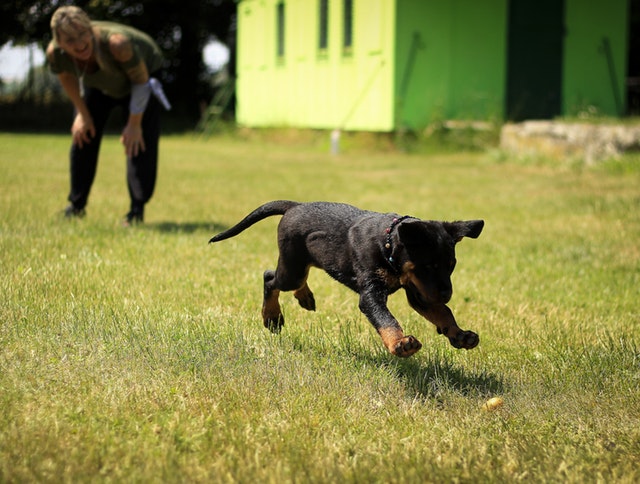If you ever bring a new puppy to your home than you must know how much socialisation and good behaviour are important for your family pet.
A good pet owner is the one who would invest time and money in their puppies training. You must give your puppy obedience training right from the start it will build a bond between you and your pet.
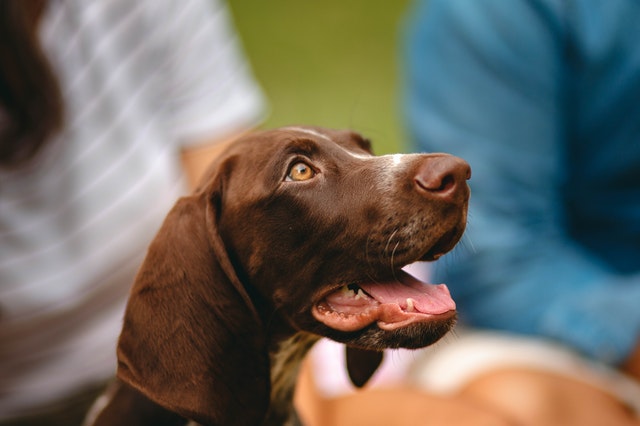
If you are thinking that how you will train your puppy? OR what are the seven basic dog training commands and what techniques you can use for dog training? then you must read this article.
Puppy Obedience Training
Obedience training will help your puppy to learn the skills they need to interact with other animals and people inside and outside your home. The first step in puppy training is to teach healthy behaviors and avoid negative ones.
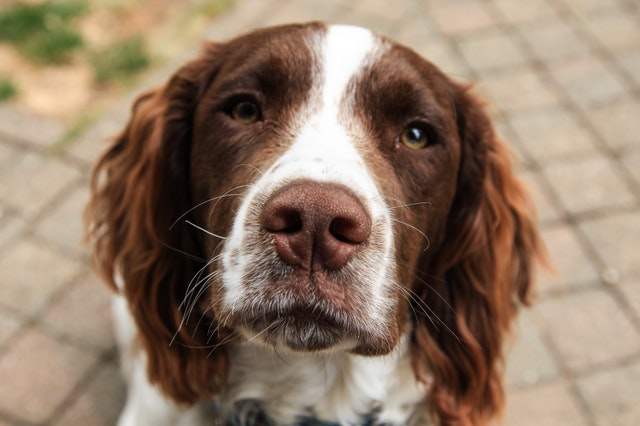
Start your dog training by simple commands like ‘sit’ and ‘stay’ and later them in more specific ways.
If you are training your puppy at home than the best part is that you can train them according to your lifestyle there is nothing right or wrong in it.
Obedience training in dogs
While teaching your dog obedience training it’s important to know what issues you are looking to avoid and what are the good habits that you want your pet to learn from the start.
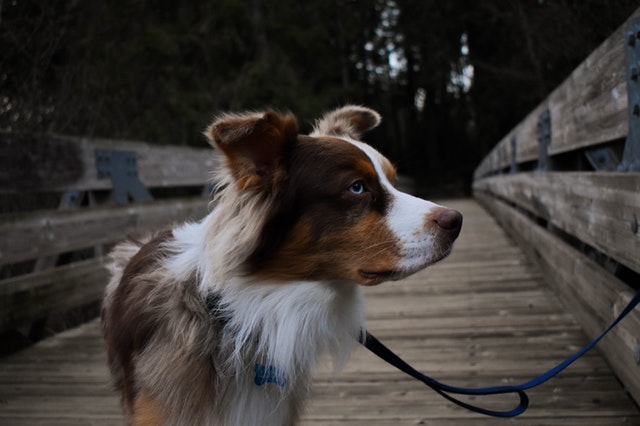
During obedience training keep an eye on your dog behavior. Some important aspects to look for are:
Body Language of dog
Mealtimes are the hardest time to teach obedience to your dogs. You are enjoying lunch or dinner with your family and your dog will start staring at you with begging eyes. At this time you have to act strong and don’t feed him table scraps.

Make sure your whole family will follow this rule and if anything goes wrong it will derail your dog training.
The feeling of Aggression or Submission
Aggression is the feeling when your dog will push his chest out and raise the hair on his neck and back. Your dog might also growl and wave his tail slowly.
Submissive behavior is like when your dog tries to make himself appear small and act like a puppy. A submissive dog will take the form of a sideways crouch near to the ground. He shows obedience and tries to roll on his back and even try to lick your face.
Either way, your dog will require you to help train him out of these behaviors. Either by reducing aggression or helping him feel more confident.
Barking
Barking can get a little annoying sometimes, so you need to understand that its a natural part of the dog behavior. It’s important to tell your dog when to bark and when not to.
Whining
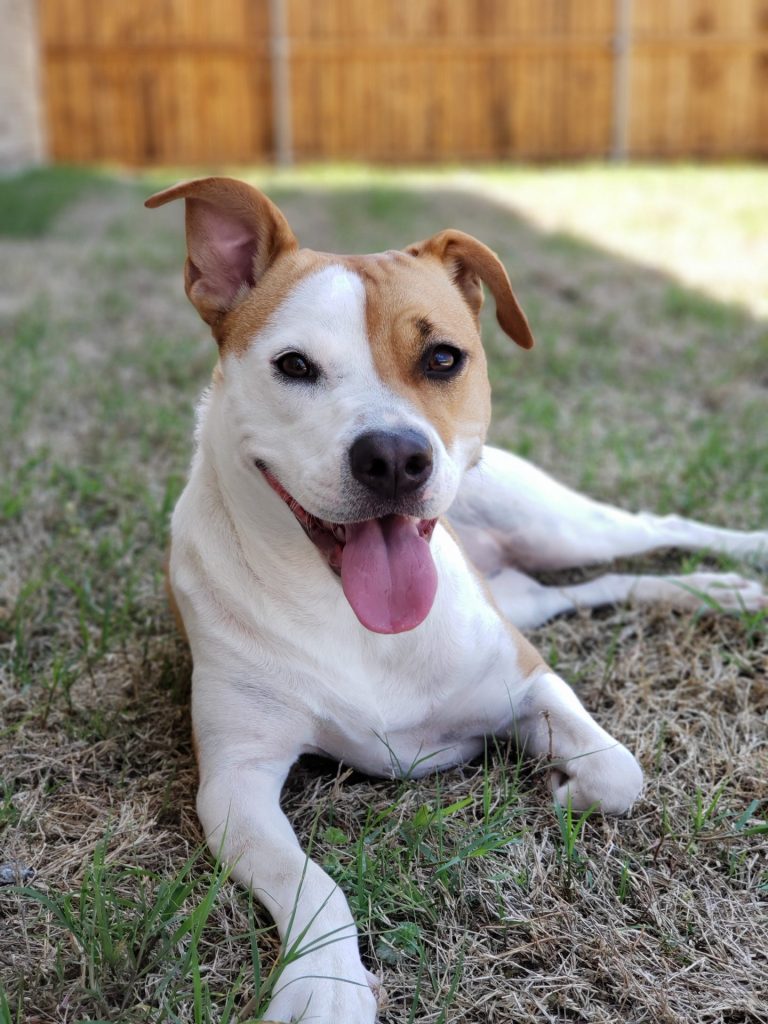
Whining is bad behavior. When your dog whines don’t comfort him it will reinforce the behavior and your dog will whine again and again when you will comfort them.
Ignore this whining of your dog, it’s difficult sometimes but you have to take this hard step to train your dog.
Dog training techniques
Training your dog need patience, you can follow the techniques below so your dog can learn quickly.
Short lessons

Make dog training sessions short. Practice one thing five minutes at a time, and again when you have opportunities outside of the training sessions. Your dog can only do one thing at a time, so focus on one skill and move around once your dog has mastered it.
Consistent training
Consistency is the key to training your new puppy. You should keep practicing commands with your dog again and again until your dog will learn the command.
Also, practice commands everywhere in your home, parks, backyard or any other location you visit with your pet.
Reward your puppy

Like humans, dogs are highly motivated when you praise or reward them. Reward your dogs when they follow your commands, you can reward them verbally by encouraging them or by giving them healthy dog treats.
Dog training command list
You can teach your dog different commands. Here we enlist some you can choose whichever you want.
- Come
- No
- Sit
- Down
- Stay
- Leave It
- Heel
- Wait
- Okay
- Release
- Take it
- Bring it
- Eliminate or go toilet
- Spin
- Shake
- Rollover
- Beg
- Leave
- Go
- Crawl
- Speak
- Find it
- Catch
- Count
- Bow
- Lights
Seven basic dog commands
Your dog is your best friend, but how do your family members and neighbors feel about your dog.
Your dog as a good citizen should be socialized, friendly and controlled. Here we will discuss the basic seven commands that your puppy must-have.
Sit
“Sit” is the typical first command introduced to a dog or puppy and also the easiest one.
Down
This command is especially useful for larger dogs because when your dog learns to lie down in public areas, you can freely enjoy the good book or coffee in a park and café.
Stay
This command is also useful if you teach with the sit and down command. You can teach your dog to stay for up to a half-hour or more with practice while you go to answer the door or sit down to wrap holiday gifts.
Come
This command is vital for every dog and its owner because it could save his or her life especially in traffic, neighbors, and encounters with other dogs.
Off
You can use the “off” command to teach your dog to calm on greetings and to keep all four feet on the ground.
Don’t Touch
Dog are curious pet and they will find tempting objects wherever they go. You should teach your dog this command to let go of found treasures. This command can also be used in the house.
Heel or Controlled Walking
Dog walks will be a pain if your pup pulls you down the street. Your dog should learn to pace themselves to your speed in jogging or walking. You can use this command to teach your dog to walk by your side.
How to train a dog for the toilet?
You should train your puppy on the “go toilet” command when he goes outside to do his business. Here we will also discuss some important steps to potty train a dog.
- You should set a regular feeding schedule for your dog.
- Your puppy needs frequent bathroom breaks so after every 30 minutes take your puppy outside.
- Always go to the specific potty spot and say go toilet or any command you have chosen.
- When he has done his business than play with him or reward him for positive reinforcement.
Conclusion
Your dog can learn anything if you teach him or her with consistency and positive reinforcement. Never punish your dog during training.
